Albatros D.III, Oeffag (153.106), 1:48, Eduard, Lt. Franz Gräser, Flik 61J, 18 victories
I present another Oeffag model, this time from the 106 series. The propeller cone started to be removed from these series, due to constant problems with it falling off very often in flight. About the Albatross of the Austro-Hungarian Air Force, I wrote in more detail in my older post (253.09), so just a small note about the coloring. Due to the increasingly frequent night flights, the commander of Flik 61J ordered some of the aircraft to be painted reddish-brown. A small part of Flik then remained in the color of the material, according to Austro-Hungarian customs.
I used Gaspatch turnbuckles and left the engine cover open as they flew in the hot summer months. So added a few details to the engine so the space doesn't feel empty.
Leutnant Franz Gräser (1892-1918) was an Austro-Hungarian World War I flying ace who claimed 18 aerial victories. Initially the commander of a machine gun unit, he switched to aviation as an observer. Remarkably, he learned to fly without taking flight training. Under the guidance of a friendly pilot, he became a fighter pilot without a pilot's license.
Gräser was a student at the Technical University of Budapest until the outbreak of the First World War. In October 1914, he enlisted in Infanterieregiment No. 72, in mid-July 1915 he graduated from the reserve officers' school and began the First World War as the commander of a machine gun unit on the Russian front. After his injury, he transferred to the KuK, the Austro-Hungarian Air Service. He was commissioned as an officer and assigned to spotter duties in the back seat of a reconnaissance aircraft in Flik 2. His machine gun skill was instrumental in his first two back seat victories on 10 February and 20 May. 1917.
Like many observers, Gräser switched to the pilot. Unlike almost anyone else, he did it without formal training. The feldwebl pilot who trained him thought he was a natural, but he never received any formal training. Without ever holding a pilot's license, Gräser began flying the Albatros D.III fighter for the Flik 42J from September 1917. His personal owl insignia on his aircraft came from Baltic culture; the owl was considered a sign of death. By the end of 1917 his score was 11, with number 11 claimed on 5 December 1917.
He renewed his victory on 26 January 1918 with Flik 61J. By March 23, he had achieved a total of 18 confirmed and one unconfirmed victory. Most of his victories were over Italian pilots, and the range of his casualties was wide; seaplanes, fighters, reconnaissance two-seater planes and balloons fell in front of his guns.
On 17 May 1918, Gräser was flying an escort mission and was shot down in flames by several Italian aces, including Guido Nardini, Francesco Baracc, Antonio Chiri, Cesare Magistrini and Gastone Novelli.
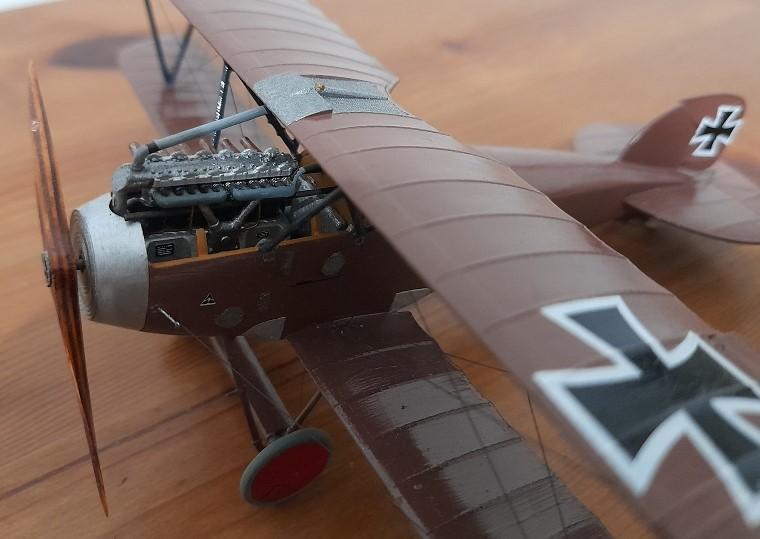

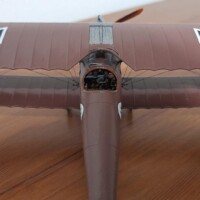
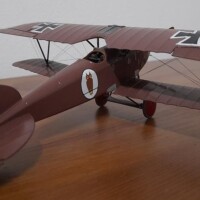
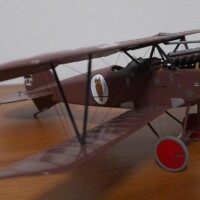
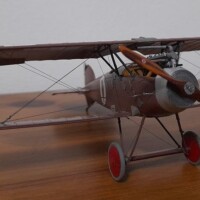
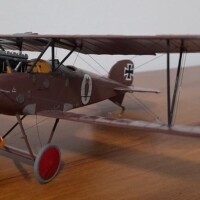

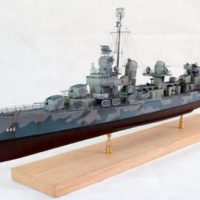
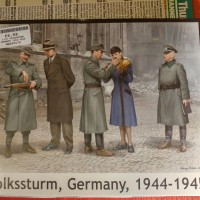


This is a great Albatros, Milan @milantesar
You don't see that much WWI aircraft in one single color.
Very informative article about Gräser as well.
Thank you John.
Beautiful work on detailing the model, leading to a great result.
Thank you Tom.
Great work, Milan. Interesting pilot too.
Thank you John.
Excellent work on the OEFFAG. 1/48 scale rigging isn't all that easy...
Thank you Dan.
Love your work and articles Milan, excellent Albatros.
Thank you Ian.
Excellent model and very interesting story, Milan!
Thank you Spiros.
Another beauty, Milan!
Thank you Gary.
Excellent post - love the model and interesting story.
Thank you Chas.
Very nice!
Thank you Greg.
Great model, Milan, and interesting story, but I find it difficult to accept that these German pilots were any sort of heroes.
Thank you George. They were all young guys who generally went to fight for some ideals and it is difficult to judge them today. To me, anyone who was able to board these smart planes was a hero, regardless of nationality.